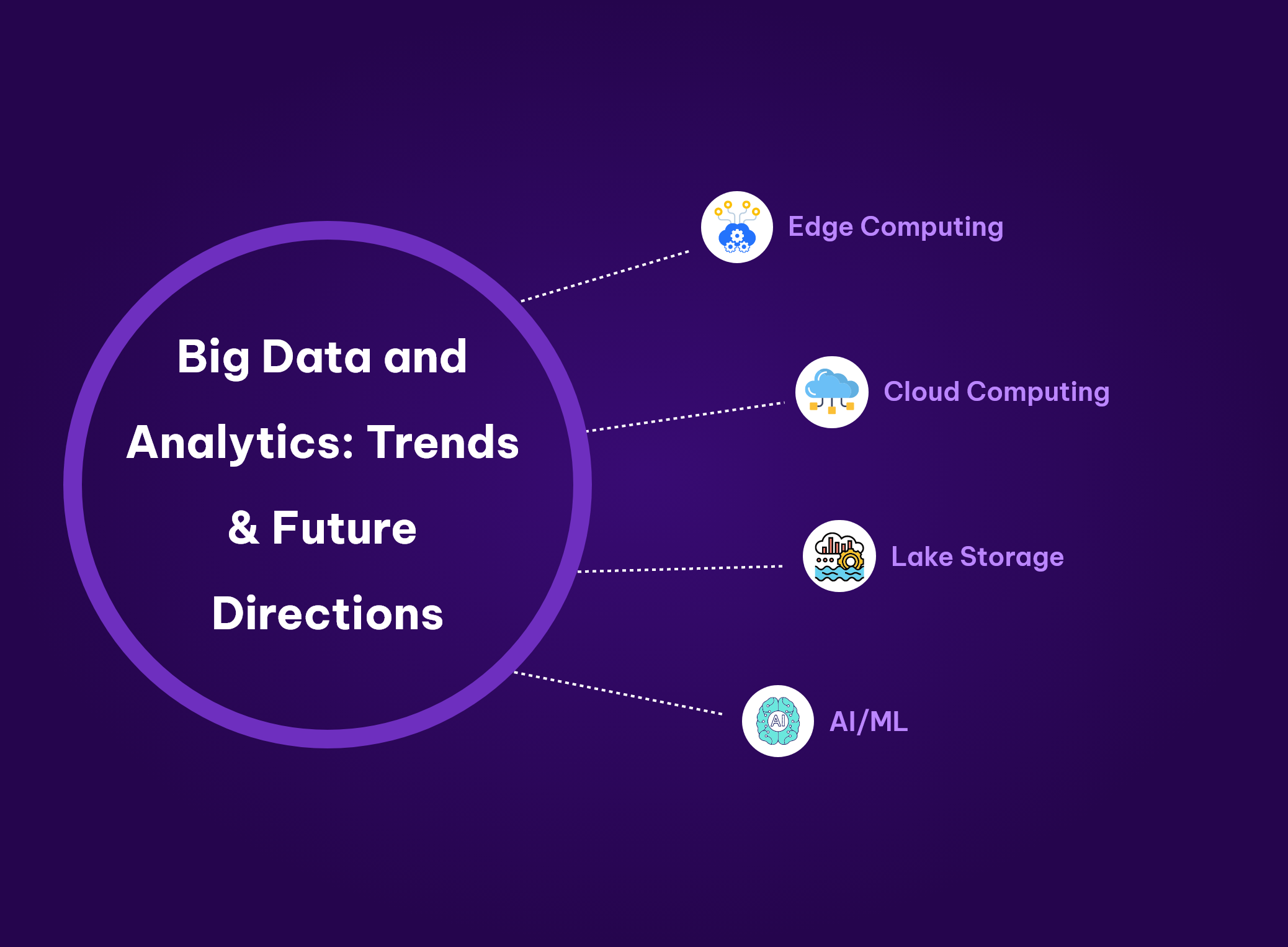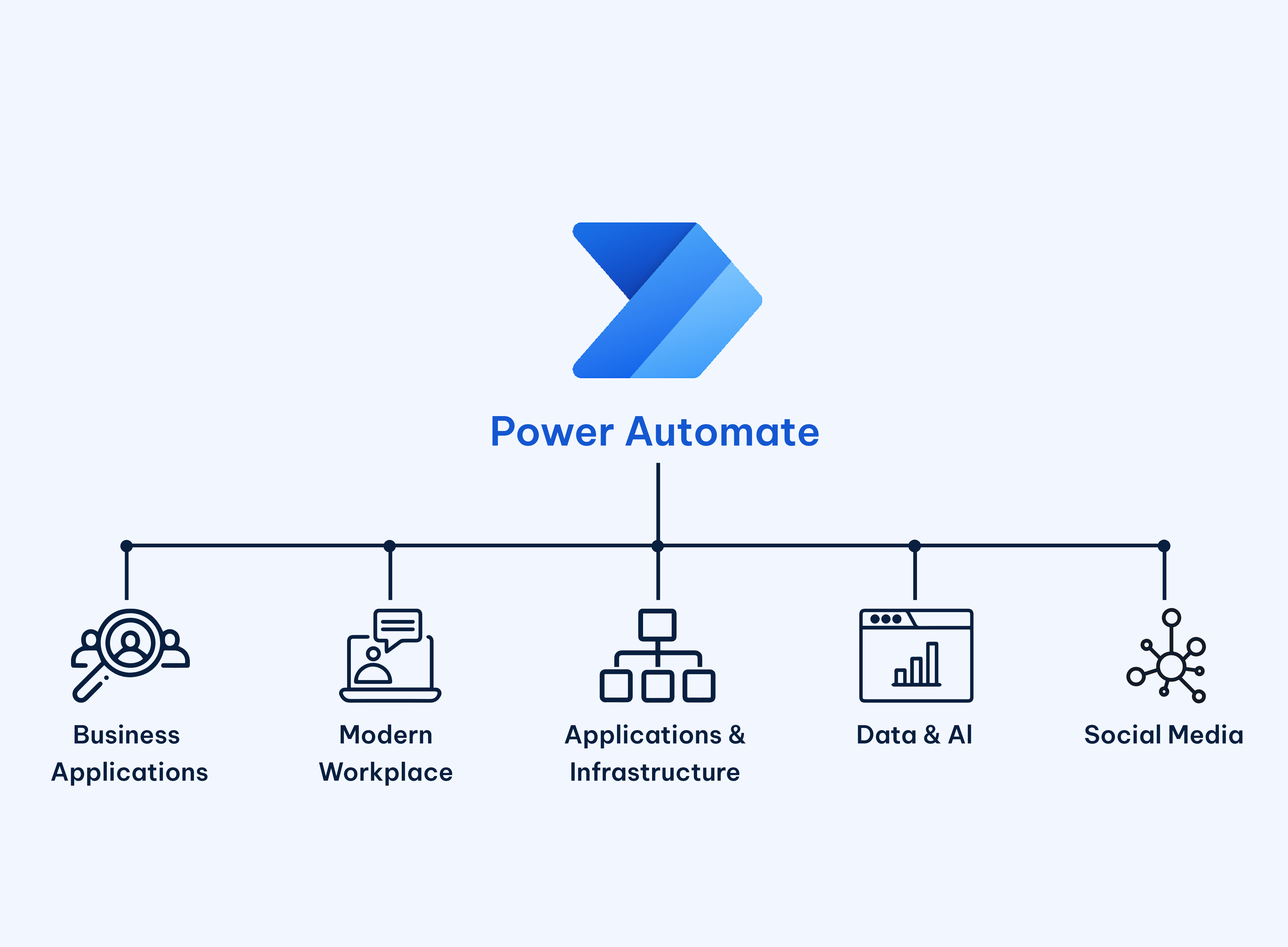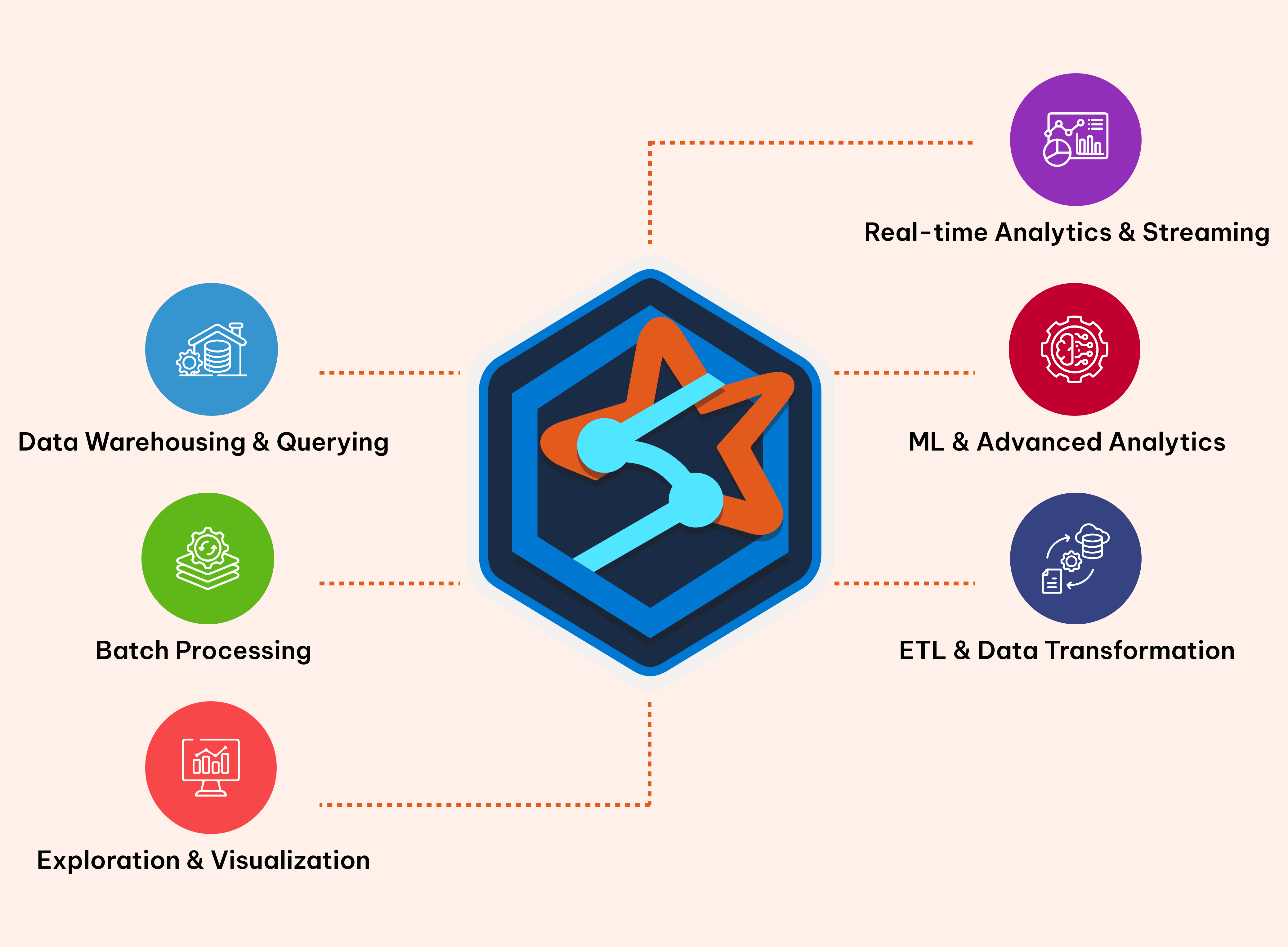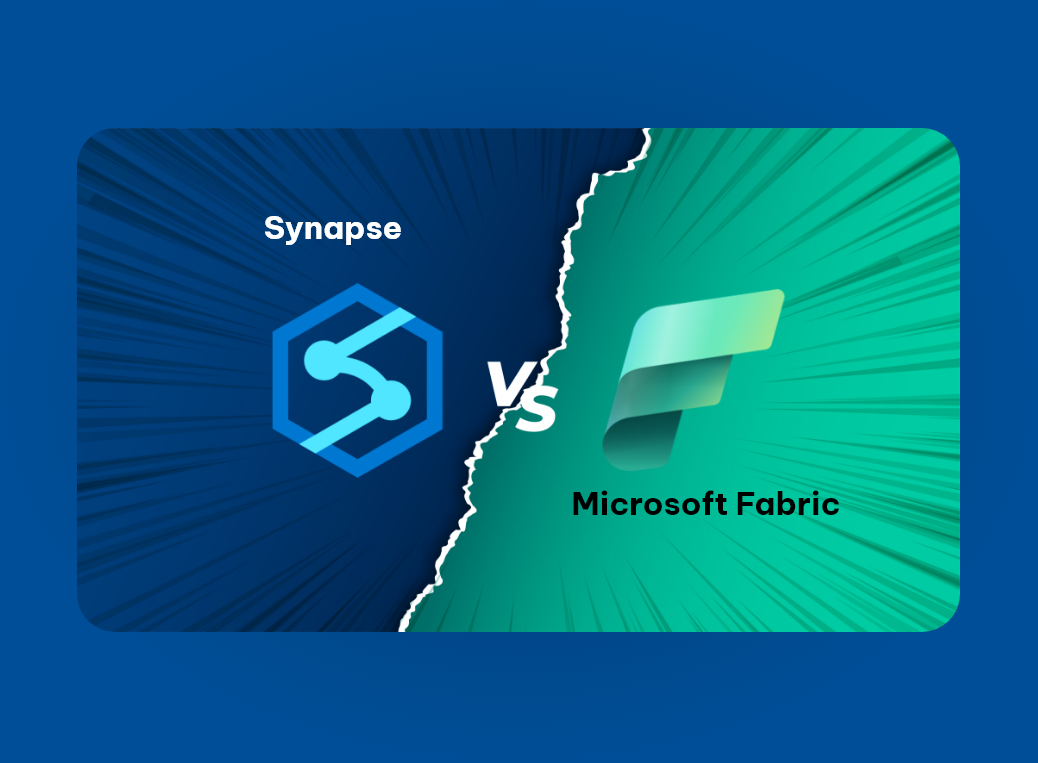Data Analytics
Synthetic Data Generation: Methods, Applications, and Quality Assurance

In today's data-centric landscape, synthetic data emerges as a crucial asset for organizations seeking to navigate data privacy challenges and enhance their data-driven capabilities. Let's explore a strategic guide focusing on domain knowledge integration and feature selection in the generation and evaluation of synthetic data.
Understanding Synthetic Data:
Synthetic data, artificially generated to mimic real-world datasets, plays a pivotal role in various applications such as machine learning model training, algorithm validation, and addressing data scarcity issues. Its importance lies in its ability to safeguard privacy, enhance data diversity, and provide cost-effective solutions for data-driven endeavors.
Importance of Domain Knowledge and Feature Selection:
Incorporating domain knowledge and selecting relevant features are critical steps in synthetic data generation. Domain knowledge helps in understanding the underlying patterns and relationships within the data, guiding feature selection to ensure the synthetic dataset captures essential characteristics and behaviours of the target domain accurately.
Synthetic Data Generation Process:
Domain Understanding and Feature Selection: Gain insights into the domain to identify relevant features and their relationships.
Real Data Collection: Gather diverse and representative real-world data, focusing on selected features.
Data Cleaning and Preprocessing: Clean and preprocess the collected data, handling missing values and outliers.
Domain Knowledge Integration: Incorporate domain knowledge into the synthetic data generation process to ensure the fidelity and relevance of the generated dataset.
Synthetic Data Generation: Design algorithms or models to generate synthetic data, utilizing domain knowledge to guide the generation process.
Evaluation Against Domain Criteria: Assess the synthetic dataset's quality and relevance against domain-specific criteria and objectives.
Techniques for Generating Synthetic Data:
Statistical Models: Utilize statistical models to generate synthetic data that reflects the statistical properties of the real-world dataset.
Generative Models with Domain Constraints: Employ generative models such as Generative Adversarial Networks (GANs) or Variational Autoencoders (VAEs) with domain-specific constraints to generate synthetic data tailored to the target domain.
Simulation Techniques: Simulate real-world scenarios based on domain knowledge to generate synthetic data that captures domain-specific behaviors and patterns.
Evaluation of Synthetic Data Quality:
Domain Relevance Assessment: Evaluate the synthetic dataset's relevance and fidelity to the target domain based on domain specific criteria and requirements, considering the effectiveness of feature selection in capturing domain characteristics.
Feature Importance Analysis: Assess the importance of selected features in the synthetic dataset to ensure alignment with domain priorities and objectives, validating the effectiveness of feature selection in capturing essential domain characteristics.
Cross-Domain Validation: Validate the synthetic dataset's performance across different domains or use cases to ensure its robustness and generalizability, considering the impact of feature selection on the dataset's utility and effectiveness in various contexts.
Metrics To Evaluate Quality Of Dataset
Fidelity Metrics: Statistical Similarity, Kolmogorov-Smirnov Test, Completeness, Boundary Preservation, Correlation.
Utility Metrics: Prediction Score, Feature Importance Score, QScore.
Resources To Create Synthetic Dataset
Generatedata.com: Its is a free, open-source tool for generating test data. It provides users with a web-based interface to define data structures and generate synthetic datasets for testing and development purposes.
Mockaroo: Mockaroo is a web-based tool that lets users generate large datasets based on specific criteria. It allows users to define data types, formats, and constraints to create realistic synthetic data.
Gretel.ai: Its a is a platform that specializes in data anonymization and synthetic data generation. It offers a suite of tools and services aimed at helping organizations manage and protect their sensitive data while still allowing for meaningful analysis and insights.
Mostly.ai: Its a company that specializes in synthetic data generation for privacy-preserving analytics and machine learning. Their platform offers advanced techniques for creating synthetic datasets that mimic the statistical properties of real data while ensuring privacy and data protection.
In conclusion, incorporating domain knowledge, effective feature selection, and rigorous evaluation using key performance metrics are essential for generating and validating high-quality synthetic data. By leveraging these principles, organizations can create synthetic datasets that accurately represent real-world scenarios, empowering data-driven decision-making and innovation while ensuring privacy and data quality.
Tags
Written by
Gayathri K
Published on
04 April 2024





























